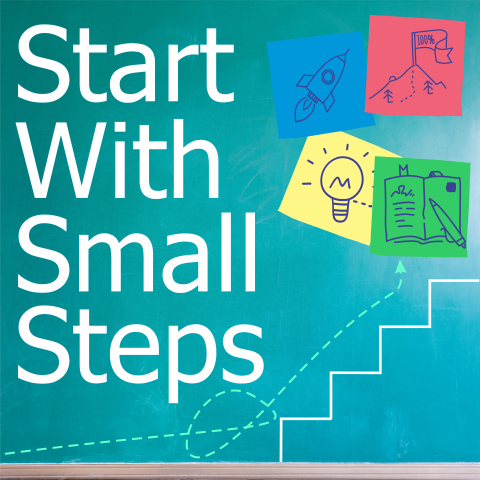How often do we set goals only to fall short, not because we don’t care, but because we feel stuck? Whether it’s losing weight, saving money, or starting a new habit, the challenge often lies not in knowing what to do, but in getting ourselves to do it. Drawing from Jonathan Haidt’s “The Happiness Hypothesis” and the Heath brothers’ “Switch,” this blog explores a practical metaphor that helps explain our internal struggle — the Rider, the Elephant, and the Path.
Understanding the Rider and the Elephant:
Our mind operates as two systems: the rational “Rider” and the emotional “Elephant.” The Rider is the thinker, the planner — methodical and logical. The Elephant, on the other hand, is driven by emotion, comfort, and fear. When these two are in sync, we make real progress. But when they’re at odds, we get stuck in procrastination, overwhelm, or avoidance.
Motivating the Elephant:
To get the Elephant moving, fear and threats won’t work. Instead, we need inspiration, joy, and small wins.
- Find the Feeling: Instead of a dry goal like “lose 100 pounds,” reframe it as “have amazing hiking adventures” or “feel strong and vibrant.” Visualize what life will look like when you’ve reached your goal.
- Shrink the Change: Big changes overwhelm the Elephant. Break them into bite-sized, achievable chunks. Losing one pound or saving $10 is more actionable than abstract goals.
- Celebrate Milestones: Each small victory should be celebrated to build momentum. Use tools like apps or visual aids to mark progress.
Guiding the Rider:
While the Elephant needs motivation, the Rider needs clarity.
- Spot Bright Spots: Identify what’s already working. Maybe you’ve successfully cut out snacks or are saving more consistently. Build on those wins.
- Limit Choices: Too many options paralyze the Rider. Use “choice architecture” — plan in advance and simplify decisions. Have three pre-decided lunch options or assign workout days specific types (e.g., cardio, strength).
Shaping the Path:
Even the most motivated Rider and Elephant won’t succeed on a broken path. The environment and routines must support the goal.
- Set Up for Success: Lay out gym clothes in advance, automate savings, or keep healthy food accessible. Make the right choices the easy ones.
- Use Habits as Cruise Control: Habits free up mental energy and remove decision fatigue. Create systems where showing up is half the job done — like having a personal trainer scheduled.
Visualize Your Future:
The concept of “sending a postcard from the future” is a vivid way to engage both the Rider and the Elephant. Picture yourself achieving your goal — atop a mountain after a strong hike, or enjoying a European vacation you’ve saved for. Tools like AI-generated visuals can help bring these visions to life, making your dreams feel tangible and within reach.
Rally the Herd:
Change becomes easier when shared. Surround yourself with people on similar journeys — friends, online groups, or support communities. Their energy will lift you when yours wanes.
If your immediate circle isn’t supportive, look online. Join a Facebook group, subreddit, or local meetup aligned with your goal. Even virtual encouragement can spark real-world progress.
Conclusion:
Getting yourself to do what you really want isn’t about willpower or discipline alone. It’s about aligning your emotions (the Elephant), your logic (the Rider), and your environment (the Path). Build systems that work for you. Make small decisions in advance. Celebrate each win. And remember, change is often less about effort and more about clarity and structure. You’ve got this — one small step at a time.

